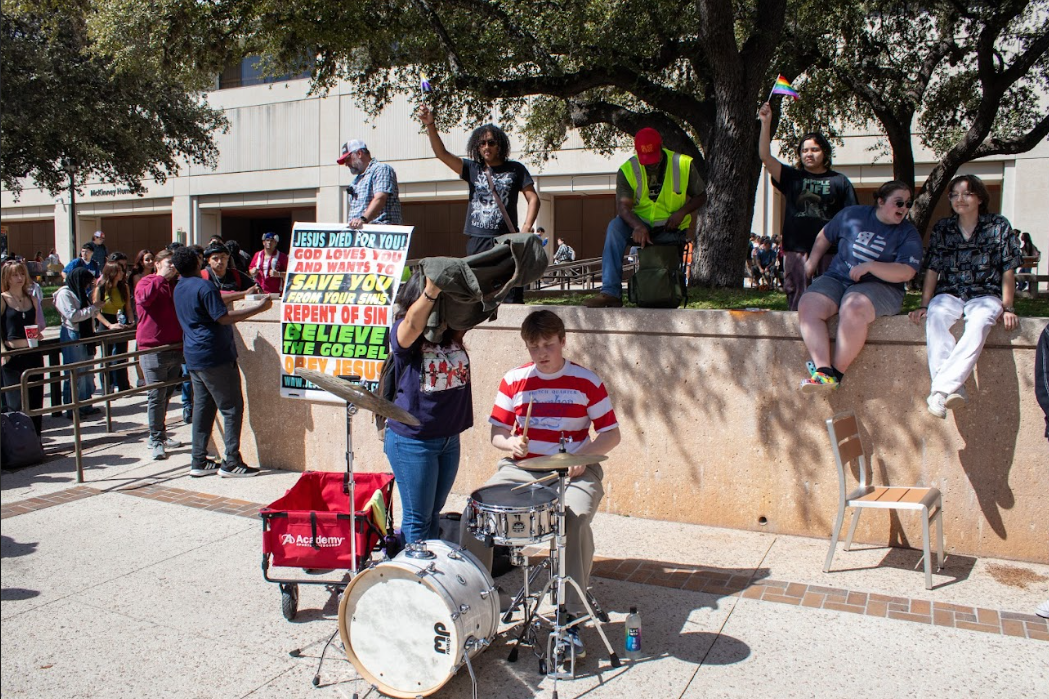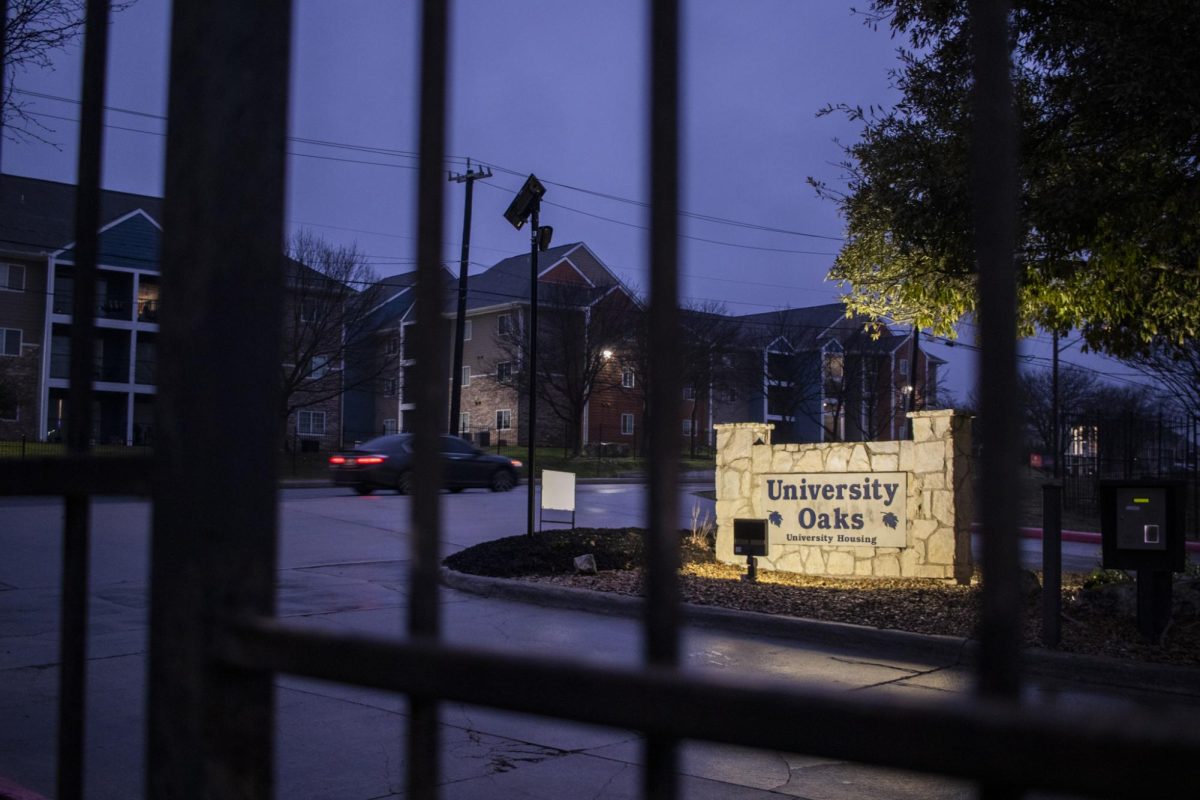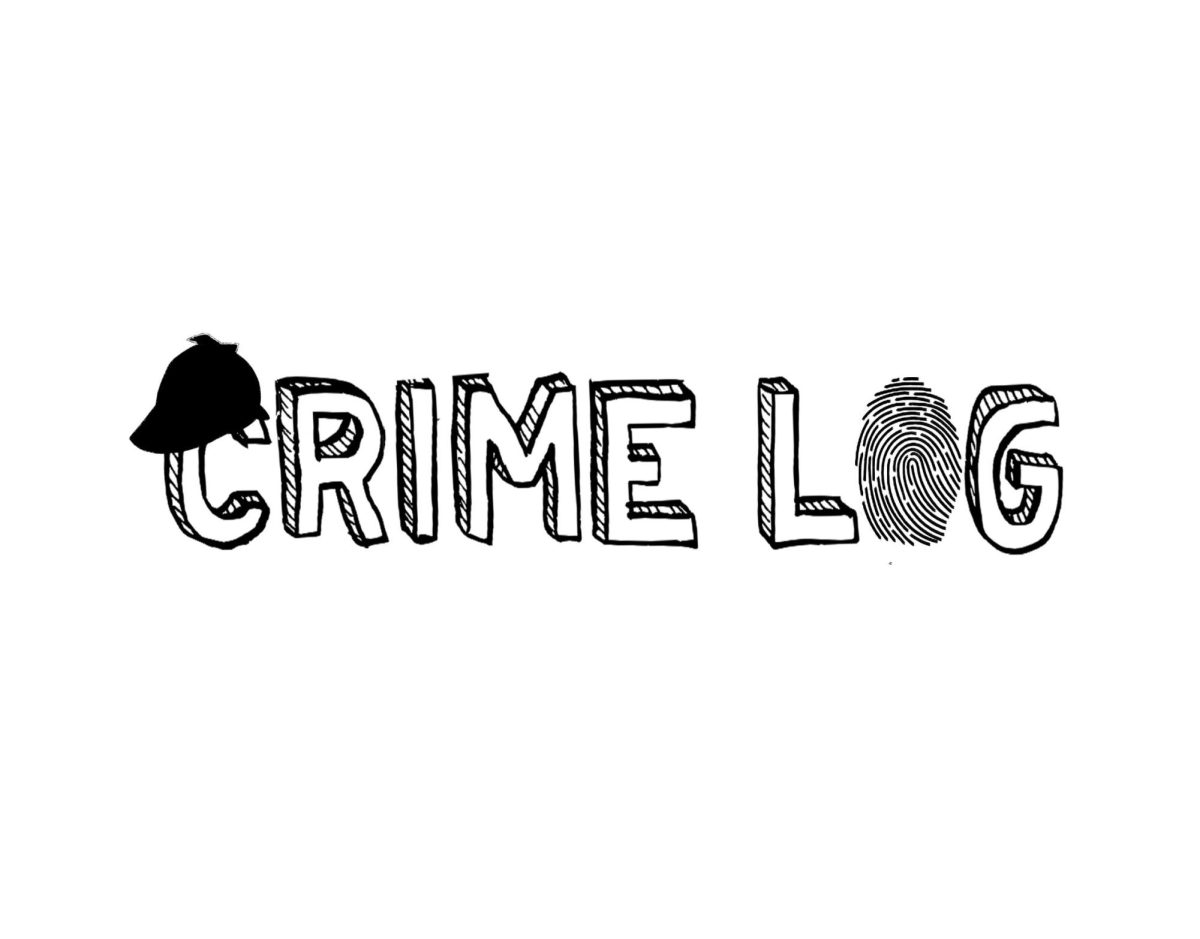_research__gallery.jpg)
Marcus Connnolly, The Paisano
As UTSA continues its unabashed push for Tier One, many of the achievements go unnoticed by the student body. Although much of the emphasis of tier one universities is to recruit and retain high quality students and faculty, there is just as much of a drive for UTSA to be a leader in research as well as academics.
The Texas Legislature passed a bill in 2009 that created incentives for seven universities, including UTSA, to become “Tier One” institutions. Emerging tier one schools all qualify for distributions from the National Research University Fund (NRUF), and funds from the Texas Research Incentive Program (TRIP). NRUF rewards schools that meet criteria in areas such as research and the quality of students and faculty, while TRIP uses a pool of money to match large private donations geared toward improving research.
Although many definitions exist for what exactly constitutes a Tier One university, the most common benchmark is $100 million annually in university research expenditures.
Additionally, just a few months ago UTSA unveiled Accelerate 2025: UTSA’s Framework for Top Tier Research. The long-term plan outlines several goals and proposals for UTSA’s research in the coming years.Perhaps the plan’s most ambitious goal is $100 million in sustained annual research expenditures by 2025.
“If you look across the nation,” said UTSA Vice President of Research Mauli Agrawal, “there is no tier one institution that has research expenditures of less than $100 million.”
By this metric, Texas Tech and the University of Houston have both surpassed the $100 million threshold. Others schools, like UT Dallas and UTEP, are quickly approaching the mark as they make significant steps in becoming high-caliber research institutions.
UTSA, on the other hand, is moving backwards.
Making significant strides, UTSA more than tripled its research expenditures from $10.6 million in 2000 to $46.5 million in 2009. However, UTSA’s research expenditures have dropped each successive year since fiscal year 2011, dropping from $56.8 million to $45.2 million. In other words, UTSA spent less on research expenditures in 2014 than it did when the Tier One announcement was first made.
In the same five-year time frame, every other emerging tier one institution has made strong gains in their own research expenditures. In fact, while UTSA has seen its research expenditures drop, each of the remaining seven emerging tier one schools have seen a sizeable increase. Excluding UTSA, emerging tier one institutions in Texas have, on average, increased their research expenditures by more than $25 million each since 2009.
So why is UTSA lagging behind the competition?
A big reason, according to Agrawal, is the recent decline in federal funding. “We need to expand our portfolio and not just depend on the federal government,” Agrawal said.
The federal stimulus bill passed in 2009 produced a sudden increase in funding for federal agencies, a boon that trickled down to universities as they secured more federal research partnerships, Agrawal explained. As the stimulus money vanished, so did much of the research provided by that funding.
“This (shortage of federal funds) is not just peculiar to us,” Agrawal said. “It is happening across the nation at all academic institutions.”
According to the THECB, the amount of federally funded research conducted at all universities in Texas increased by 10 percent from 2009 to 2010 and has since been relatively stagnant. In 2013, the amount of federally funded research at Texas universities peaked at $1.068 billion before it fell to $1.027 billion in 2014. Following the passage of the stimulus bill, UTSA’s federally funded research, by comparison, increased just over 6 percent from 2009 to 2010. However, unlike the rest of the state, UTSA’s federally funded research has since dipped below its 2009 levels.
So, although federal stimulus money has seemingly dried up at UTSA, other universities in Texas have managed to secure such federal funding. In fact, every other Emerging Tier One university has increased the amount of federal funding it receives since the tier one legislation passed in 2009.
Another possible explanation for UTSA’s stagnant research is its below average utilization of its research space. Despite utilizing its classroom space more efficiently than almost every other university in the state, UTSA is far less efficient with its research spaces, spending $182 per square foot of research space.
According to Accelerate 2025: UTSA’s Framework for Top Tier Research — a long-range plan for UTSA “to achieve the vision of becoming a top tier institution” — other emerging tier one institutions average $212 per square foot of research space. If it was as efficient as other emerging tier one universities UTSA could support an additional $17 million on research per year.
“The currently available research space can carry UTSA forward significantly,” the Accelerate 2025 plan states, “but will not be able to support annual research expenditures of $100 million.”
Although the Accelerate 2025 plan explicitly states that “there is not an immediate shortage of research space at UTSA,” a bill currently making its way through the Texas Legislature would allocate for the construction of an Instructional Science and Research building. Although the legislature will likely not provide the full $95 million for the project originally requested by UTSA, the proposed ISE building “would add 175,000 square feet for instructional laboratories and classrooms, STEM education and research and support programs.” Although the project may not be built as originally proposed, the added research space will certainly be welcome at a university that has room to grow but lacks the financial resources to do so.
Other ways to improve UTSA’s research potential, as outlined in Accelerate 2025, include hiring more faculty and creating more partnerships with the private sector.
The Accelerate 2025 plan identifies five areas of research excellence, noting that “a university cannot be known for excellence in all fields.” Among these areas are cloud, cyber, computing and analytics; advanced materials; and integrative biomedicine. According to the Accelerate 2025 plan, “leading with investment in these areas will provide the best opportunity to expeditiously increase overall research expenditures and faculty research productivity.”
“We looked at UTSA and asked the question ‘where do we have the most traction?’” Agrawal explained. “We choose the areas where, if we invest more, we could be at a national — international — level of excellence in the next five years.”
Investment in these areas is not limited to financial and structural contributions, but includes and emphasizes hiring faculty who are experts in these fields. “Strategic hiring in these areas should be above and beyond normal hiring patterns,” the Accelerate 2025 plan states.
In addition to carving its own niche in specific areas of research, UTSA also hopes that forging more partnerships in the private sector will reap dividends for its research possibilities. Although Texas State and UNT spend less on total research expenditures than UTSA does, UTSA currently has the lowest amount of research dollars provided by the private sector than any other emerging tier one institution.
“It’s very critical that we partner with other established institutions,” Agrawal said.
UTSA selected its areas of research excellence in part based on the available resources provided by the San Antonio community, and these resources will play a pivotal role in the partnerships UTSA will seek moving forward.
“The people are here, the brainpower is here,” Agrawal said, “so it’s very critical that we collaborate with the (researchers) wherever they may be.”
In February, UTSA announced a partnership with Rackspace — one of four major open cloud companies in the world, headquartered a mere 20-minute drive from UTSA’s main campus — to create the Open Cloud Institute at UTSA. The Open Cloud Institute will create new degree programs and foster partnerships (research and otherwise) with the open cloud industry. “With the support of our industry partners, UTSA students and researchers now have unparalleled opportunities to collaborate on projects that will lead to new innovations in this dynamic field,” UTSA President Romo said of the partnership.
As federal funds continue to decline, UTSA will push harder to forge partnerships with the private sector. “Rackspace is one example, and we should be doing more with other folks,” said Agrawal.
To become a Tier One university, UTSA still has a long road ahead of it. Other emerging tier one schools have made greater steps to reaching tier one by expanding their own research, while UTSA’s own research has stagnated or declined. Nevertheless, Agrawal remains confident in the potential UTSA has, and believes the future is bright for the university’s research programs.
“What I can say is that ten years from now, in San Antonio, UTSA will be the center of innovation,” Agrawal said. “We will definitely be in the discussion for Tier One.”








